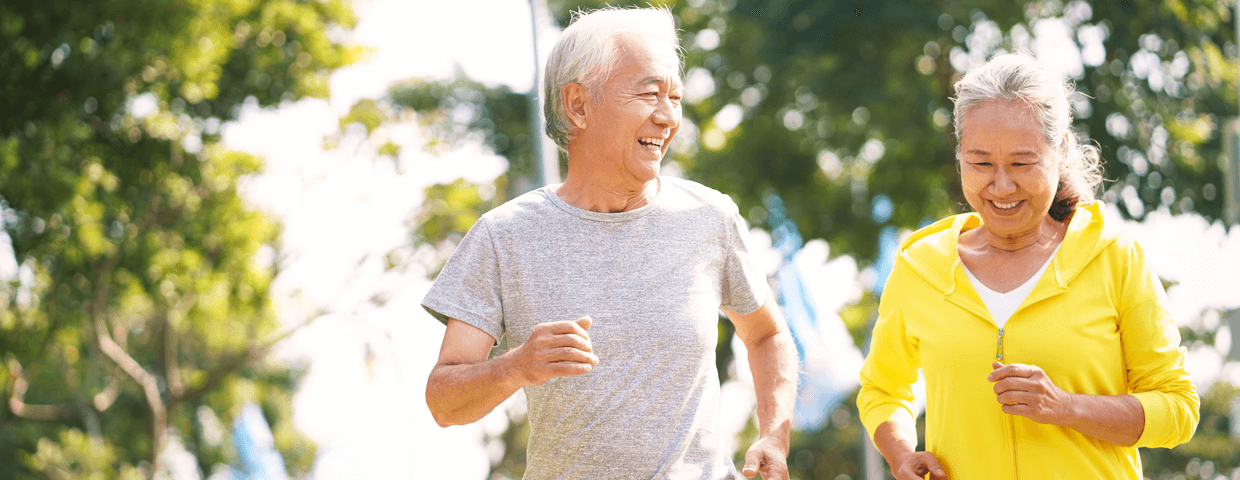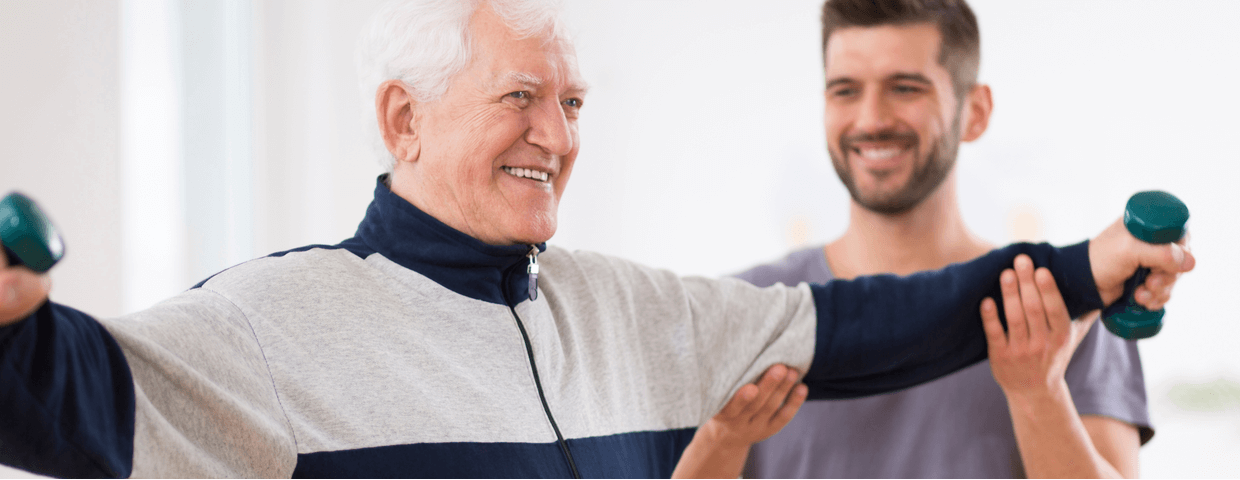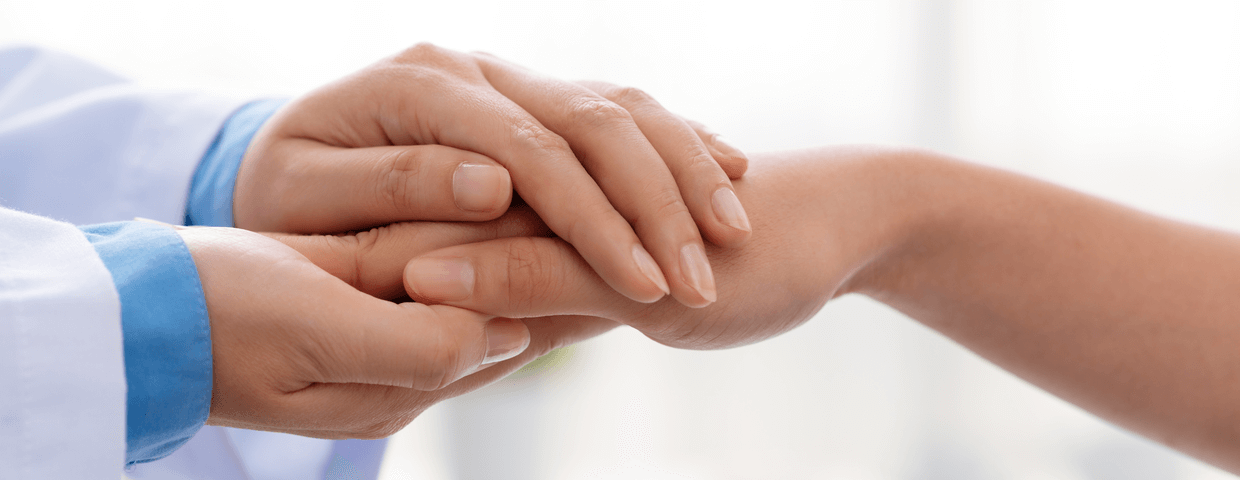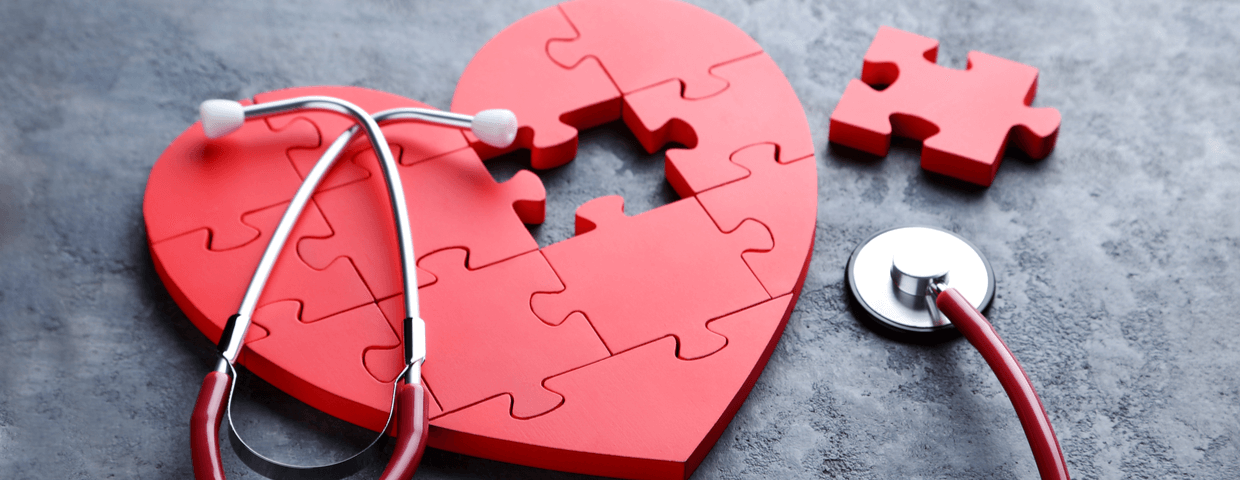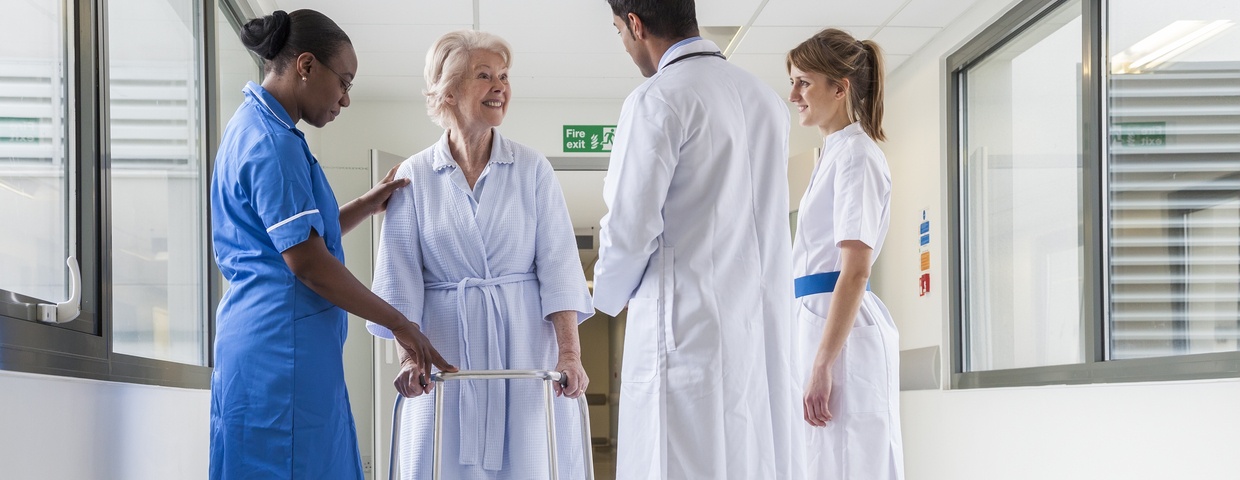Top 5 Heart Surgery Recovery Questions
The more prepared before and after heart surgery you are, the quicker you can recover. There’s not a more important time to stay in tune with your body than while recovering. It is essential to the recovery process that you note pain and discomfort. This is especially critical for the incision site and surrounding areas.


